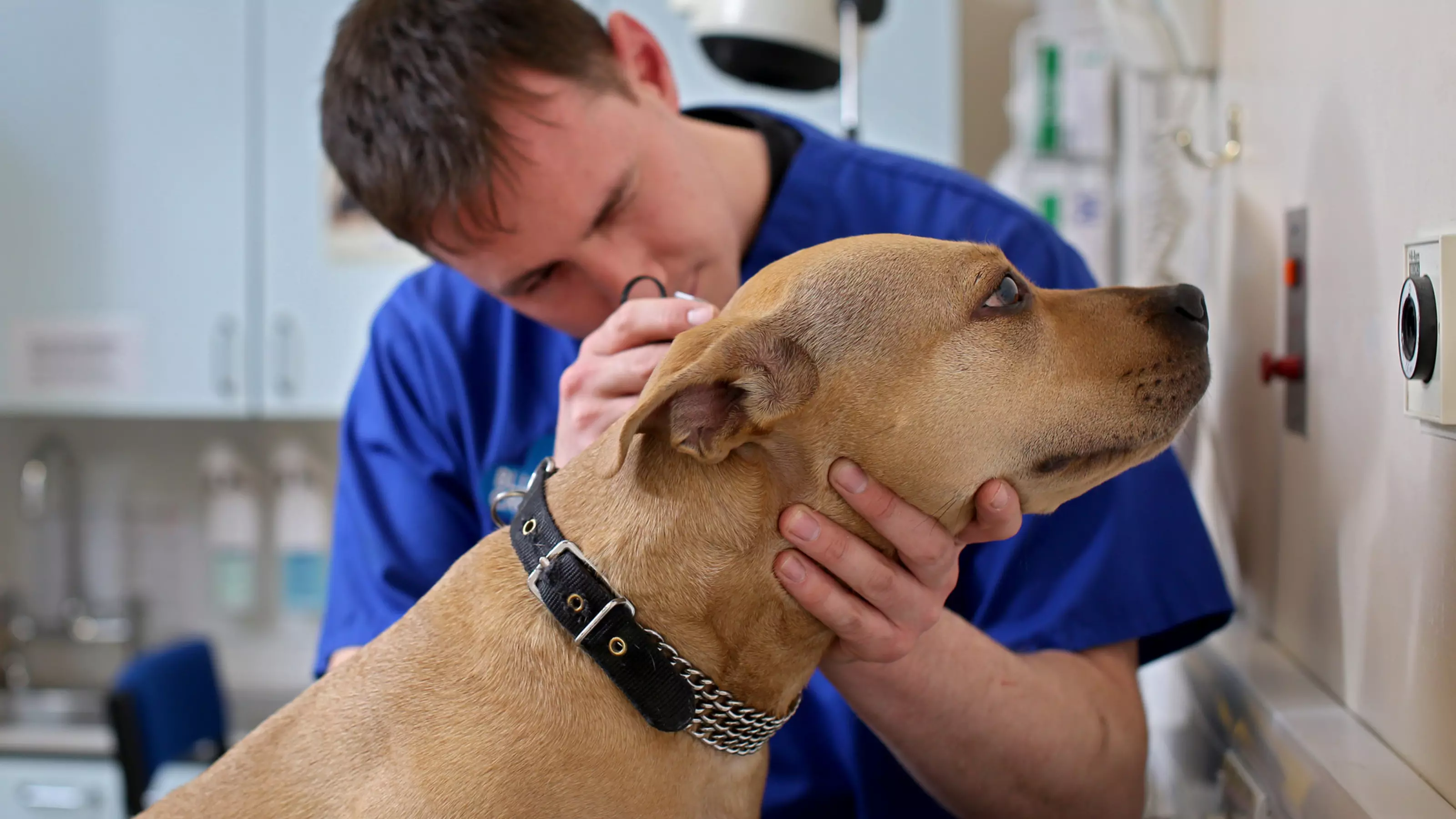
Antibiotics for dogs
What are antibiotics?
Antibiotics are an important medicine used to treat bacterial infections in both humans and animals.
The antibiotics work by killing off bacteria and stopping it from spreading.
Why does my dog need antibiotics?
Vets will prescribe antibiotics for your dog if they have been diagnosed with a bacterial infection that they think is unlikely to clear up on its own or if they think it could spread to other animals.
Without treatment, bacterial infections can become more serious and lead to complications.
Why do vets limit the amount of antibiotics they prescribe?
There is a serious worldwide problem with antibiotics losing their effectiveness. This is called antibiotic resistance.
Caused partly as a result of people overusing antibiotics, this means that bacteria have had a chance to start adapting and have become stronger, making it more difficult to kill them off with antibiotics.
If we continue to overuse antibiotics it will cause problems for both humans and animals in future because they will become less effective. So, treating bacterial infection will become more difficult.
Your vet will have put careful consideration into whether your pet needs antibiotics and exactly how much they need to help them get better.
How to give your dog antibiotics
You will need to give your dog antibiotics following the directions that your vet gives you. These will also be displayed on the packet. Be sure to finish the entire course of antibiotics.
Antibiotics can come as:
- tablets or liquids – best disguised in a tasty treat, like cheese, unless your vet has told you to give them without food
- creams, sprays or drops – you may need the help of someone else to apply these, and be sure to have some tasty treats handy!
- injections or through a drip – this option would always be handled by your vet
In some cases, your vet may request a follow-up appointment, but others won’t. So, if your dog’s condition hasn’t improved after the course of antibiotics, be sure to speak with your vet.
What if I forget to give my dog their antibiotics?
If you forget to give your dog their antibiotics, give them that dose as soon as you remember and then continue their course as normal.
But, if it’s nearly time for their next dose, then skip the missed antibiotics and never double up to make up for a missed dose. Contact your vet for further advice.
What if I accidentally give my dog a double dose of antibiotics?
If you accidentally give your dog more antibiotics than your vet has told you to, it can make your dog unwell.
While it’s rare for a second dose of antibiotics to cause any serious harm, it’s better to be safe than sorry, so talk to your vet.




